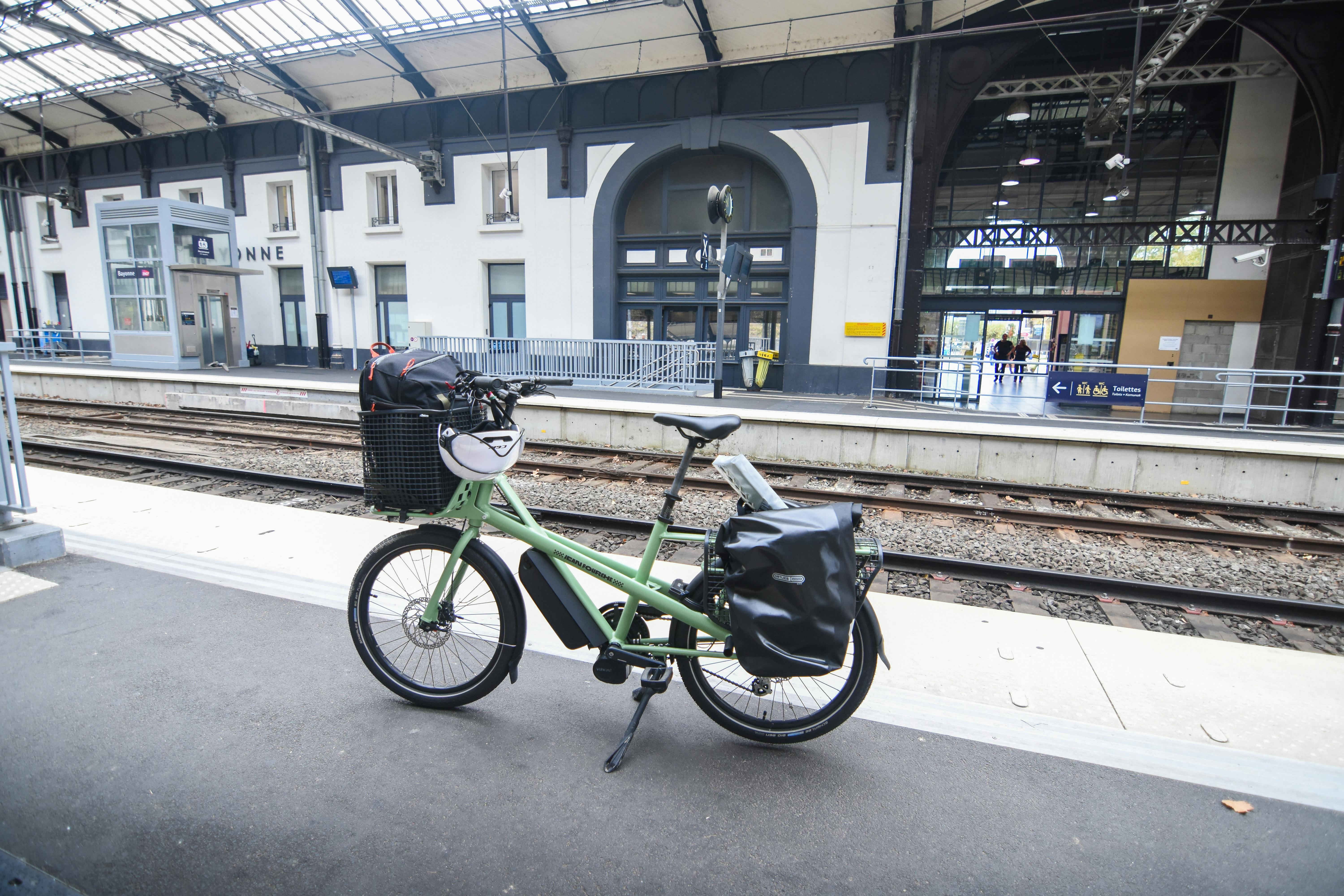Using Local Mobility Apps to Navigate New Cities Efficiently
Local mobility apps can streamline travel through unfamiliar cities by combining route planning, transit timetables, rideshare and carshare booking, and real-time updates. This teaser previews practical ways these tools support itineraries, manage layovers and luggage concerns, and improve connectivity across local services.

Arriving in a new city can feel overwhelming, but modern mobility apps reduce friction by aggregating transit options, schedules, and last-mile choices into one interface. Use these tools to shape an itinerary that accounts for commute times, layovers, and luggage handling, and to make logistics decisions that align with local connectivity and sustainability goals.
How do mobility apps support an itinerary?
Mobility apps help you assemble an itinerary that links flights, rail, and local transport into a coherent plan. Start by entering your arrival and departure times and any layover windows so the app can suggest connections that minimize transit risk. Many apps integrate with airfare and rail search services to display multimodal door-to-door routes; this lets you compare a train plus local shuttle against a direct taxi or rideshare for the final leg. Good itinerary planning also flags luggage transfers and likely transit times during peak commute hours, helping you avoid missed connections.
Which apps help with daily commute and shuttles?
For regular short trips within a city—commutes, hotel shuttles, or airport transfers—look for apps that list scheduled shuttle services alongside public transport. Transit-focused apps consolidate bus, tram, and metro timetables and show real-time arrival predictions, which is helpful when you have tight layovers or fixed time windows. Connectivity features such as live service alerts and platform changes reduce uncertainty. If a shuttle service requires a booking, many apps link directly to the provider; otherwise, they can identify the best combinations of shuttle, bus, or short rideshare to complete a commute reliably.
How to integrate rideshare, carshare, and railpass?
Rideshare and carshare apps simplify last-mile mobility when public transit or shuttles are inconvenient—especially late at night or with heavy luggage. Use carshare for flexible local driving when you need more control over stops, and rideshare when you prefer door-to-door pickup without parking logistics. Railpass planning often requires separate apps or websites: railpass information helps you decide when a train plus local transit is more efficient than a short rideshare. When combining services, check each app’s connectivity to map providers so you can confirm travel times and avoid overlapping bookings during a single itinerary segment.
What to check for passport, visas, and luggage?
Mobility planning intersects with documentation and baggage needs. Confirm passport and visa requirements before selecting transit options that cross borders—some rail or coach services require ID checks at stations. Luggage capacity matters when choosing between a shuttle, rideshare, or crowded commuter train: apps sometimes note luggage policies for airport shuttles or private transfers, while rideshare vehicle types indicate trunk space. For international layovers, factor in extra time for immigration and baggage screening when the app estimates transfer times so you don’t underestimate clearance requirements.
When planning costs, real-world pricing varies by mode, city, and time. Rideshare fares depend on distance, demand (surge pricing), and service tier; short urban rides often range from low single digits to mid tens of dollars in many cities. Shuttle and fixed-transfer services typically charge flat rates that can be cheaper than a long rideshare for airport transfers. Railpass prices and airfare vary widely by route and season, but railpasses can offer savings for multiple regional trips while airfare fluctuates with booking timing. Luggage fees may apply for low-cost carriers and some long-distance coaches; factor these into your total logistics budget.
| Product/Service | Provider | Cost Estimation |
|---|---|---|
| Maps & Routing App | Google Maps (Google) | Free; navigation and public transit info at no charge |
| City Transit Planner | Citymapper | Free app; some regions offer integrated ticketing or paid transit passes (varies) |
| Multimodal Search | Rome2rio | Free for search; displays airfare and long-distance fares which vary by carrier |
| Transit & Alerts | Transit App | Free; real-time arrivals and service alerts at no cost |
| Rideshare Booking | Uber | App is free; ride costs vary by distance, time, and demand (typical short urban ride $5–$25) |
| Rideshare Booking | Lyft | App is free; fares vary similarly to other rideshare services |
Prices, rates, or cost estimates mentioned in this article are based on the latest available information but may change over time. Independent research is advised before making financial decisions.
Cost-aware tips for sustainability and logistics
Balancing cost with sustainability often means favoring public transit, shared shuttles, or pooled rideshare options when available. Many mobility apps now offer eco-friendly route suggestions or show a comparison of carbon impact for different modes. For logistics-heavy trips—multiple stops, group travel, or heavy luggage—carefully compare a dedicated shuttle or carshare against several short rideshare trips, since the latter can multiply costs and luggage handling complexity. Use app filters for vehicle size, pooled options, or wheelchair accessibility to align logistics and sustainability in your plan.
Arrive with a clear, app-supported plan that links your flight or rail arrival to the appropriate local services. Confirm passport and visa requirements, size up luggage constraints, and build buffers for layovers and local peak hours. With the right set of mobility apps and a cost-aware approach, new cities become more navigable and predictable.




